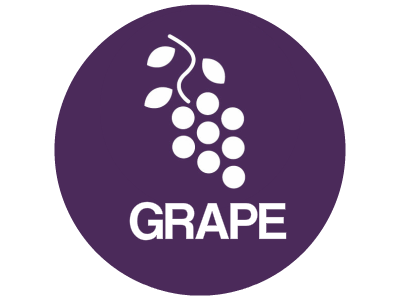 Let’s start with this: it’s not your customer’s job to connect the dots between your product and their preferred future. Over the last week, I’ve done four branding consultations, meaning that I’ve sat with the senior staffs of four companies and listened to each of them explain their identity in the marketplace, value proposition, and brand narrative. After each team finished, they paused and waited for me to tell them if their brand could be articulated more sharply and effectively. Of course, most everything could be said better, but this week I heard some pretty fuzzy presentations. These are all great companies, but most of the confusion was driven by common misunderstandings about how to communicate a brand story. In the next few columns, I’m going to identify some of these typical mistakes (without identifying the companies, of course).
Let’s start with this: it’s not your customer’s job to connect the dots between your product and their preferred future. Over the last week, I’ve done four branding consultations, meaning that I’ve sat with the senior staffs of four companies and listened to each of them explain their identity in the marketplace, value proposition, and brand narrative. After each team finished, they paused and waited for me to tell them if their brand could be articulated more sharply and effectively. Of course, most everything could be said better, but this week I heard some pretty fuzzy presentations. These are all great companies, but most of the confusion was driven by common misunderstandings about how to communicate a brand story. In the next few columns, I’m going to identify some of these typical mistakes (without identifying the companies, of course).
Every brand is a story, and some other time I’ll share the requirements of an effective brand narrative. But for today, let’s just say there must be a line of causality between whatever you’re selling and your target customer’s aspirations. In other words, if he or she were to buy your widget (or your widget service), that would result in a chain of events that would bring about a better future (from his or her perspective) than if they hadn’t. Sometimes that chain is very short: I buy bottle of water, drink it, and my thirst is quenched. But if the thing you’re selling is more complicated or intangible that chain can be very long. For example, what story do you have to tell in order to convince someone to spend $40k/year to get a B.A. in sociology or art history? I’m not saying that a $120k investment (most of it in long-term debt) won’t bring you a better future, but the causal chain is long and fuzzy (and getting more so).
Most of the stuff we sell lies somewhere between a bottle of water and a six-figure liberal arts education. But however many links that chain has, your brand narrative has to identify them pretty clearly. I’ve heard presentations that do walk the potential customer down that path, step-by-step, but if they’re not careful it can quickly become a boring lecture about what people ought to do, with the implication that if they don’t get it they’re too stupid to understand what’s good for them. If your sales presentation has multiple PowerPoint slides that beat your prospect into submission, then you’re making it too complicated. And don’t forget that every link is another assertion on your part: what if (for whatever reason) D doesn’t happen after C, well before your customer gets to the payoff at L or M? If your brand narrative is based on lots of speculative assertions, it’s prone to failure (every chain is only as strong as its weakest link). In the case of one of the client’s I consulted with this week, their “chain” was about four or five links long, meaning that if someone bought their product, two or three things had to happen before the customer got the payoff—and the company couldn’t say that those intermediate events would happen, only that they might.
But here’s the kicker: their brand narrative never bothered to explain the chain of causality. Their sales presentation boiled down to this: buy our product and you’ll make more money. The connection seemed obvious to them. But the reason they brought me in to consult was because their sales force has been getting blank stares, so apparently it wasn’t obvious to their potential customers. When I asked them to unpack it, step-by-step, it took nearly an hour with a group using a whiteboard. Still, they stared at me; why aren’t people “getting” what we do? I asked whether their salespeople got an hour in front of a whiteboard with their prospects. Of course, they didn’t.
Here’s the point: it’s not your customer’s job to connect the dots of your value proposition. You can’t simply explain your product and assert that through some unexplained, magical process the customer’s world will be a brighter, better place. You have to articulate your brand narrative and value proposition sharply and succinctly. It needs to build a big case in a few words. The revolutionary nature of your whizz-bang new widget and a bucket of charisma won’t always close the deal because you’re asking your customer to fill in the gaps and do the work you were too lazy to do.
© Greg Smith, 2013
|
Twitter: @SmithGreg
|
| If you like this post, please share using buttons at left (seen on individual posts only). If you like would to guest blog, please contact John M Potter. John serves as GRAPE’s Host. You can find him on Facebook, Google+, and LinkedIn. |

Greg, you nailed it in this meeting.The clarity you brought to the situation was exactly what was needed.